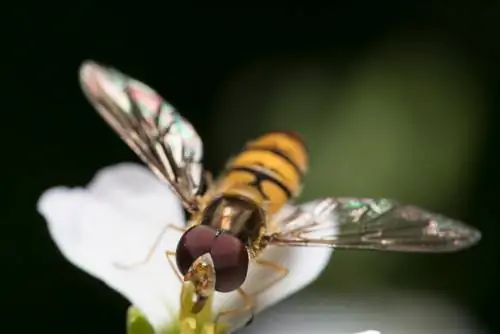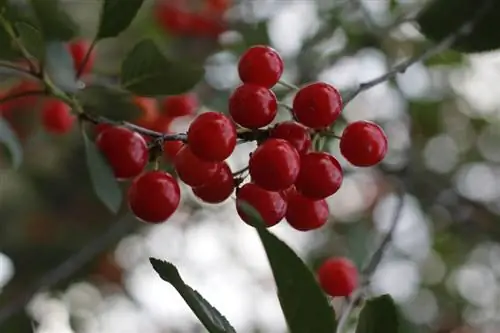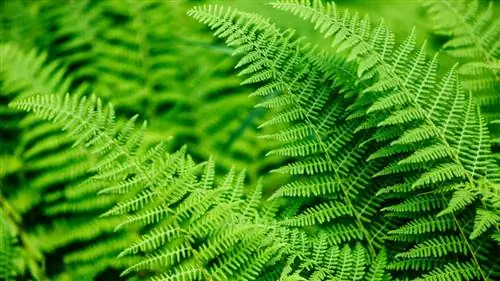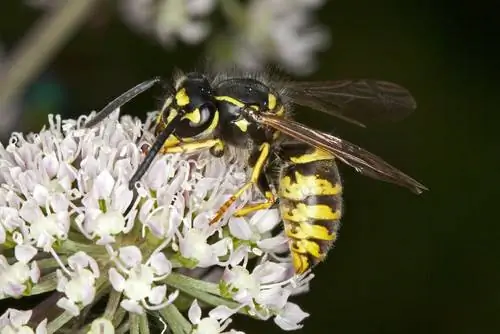- Author admin [email protected].
- Public 2023-12-16 16:46.
- Last modified 2025-06-01 06:02.
You probably know that the hoverfly is a plant-damaging insect. But do you know where the pest comes from, what its environmental preferences are and how to distinguish it from other insects? This profile will help you to be able to answer these questions with solid knowledge in the future.
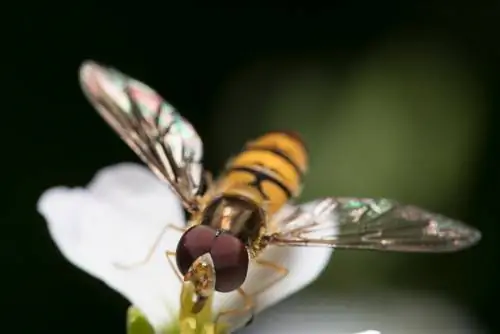
What are the characteristics and benefits of hoverflies?
Hoverflies are insects in the family Syrphidae with around 6,000 species worldwide. They are 1-1.5 cm tall, have black and yellow stripes and only have forewings. Hoverflies feed on nectar and pollen, while their larvae are predators. They are useful as pollinators and for controlling aphids.
General
Biological classification
- Subordination: insects
- Genus: Diptera
- Number of species worldwide: around 6000
Names and synonyms
- German name: hoverfly
- Synonyms: standing fly
- Latin name: Syrphidae
Anatomy and Appearance
Body
- Size: - 1-1.5cm
- Color: black and yellow stripes, rarely orange or brown stripes
- Body shape: depending on the species, wedge-shaped, long, narrow, rounded, short or club-shaped
- do not have a sting
- only have forewings, hindwings are strongly developed
Interesting anatomy: The male hoverflies have greatly enlarged eyes in the adult stage. Biologists assume that these are used to find pairs.
Behaviour
- some species are migratory insects (see below)
- Food of adult hoverflies: nectar and pollen
- Food of the larvae: wood, leaves, flower bulbs, feces, other remains of other insects, caterpillars, small insects
- Adapted mouthparts enable the intake of both liquid nectar and solid pollen
- Larvae inhabit the breeding grounds of other insects and live as predators on their offspring
- diurnal
- Lifestyle: Loner
- pupate after 14 days
- Mating occurs in flight
- Flight characteristics: can fly forwards and backwards at lightning speed, stand in the air (similar to hummingbirds)
Amazing: When migrating, hoverflies cover long distances. Similar to birds that migrate south in autumn, the flocks even cross the Alps.
Origin and habitat
- Distribution: worldwide
- Origin: unknown
- Habitat: parks, orchards, forests
Other
- natural predators: birds
- not threatened with extinction
- Danger of confusion with bees and wasps
- useful as a pollinator and for controlling aphids
Interesting to know: Even though hoverflies are significantly smaller than bees or wasps, they closely resemble these insects. This is entirely intended by nature. With this look, the hoverflies keep their predators away by appearing more dangerous than they actually are. In biology, this property is called mimicry.

